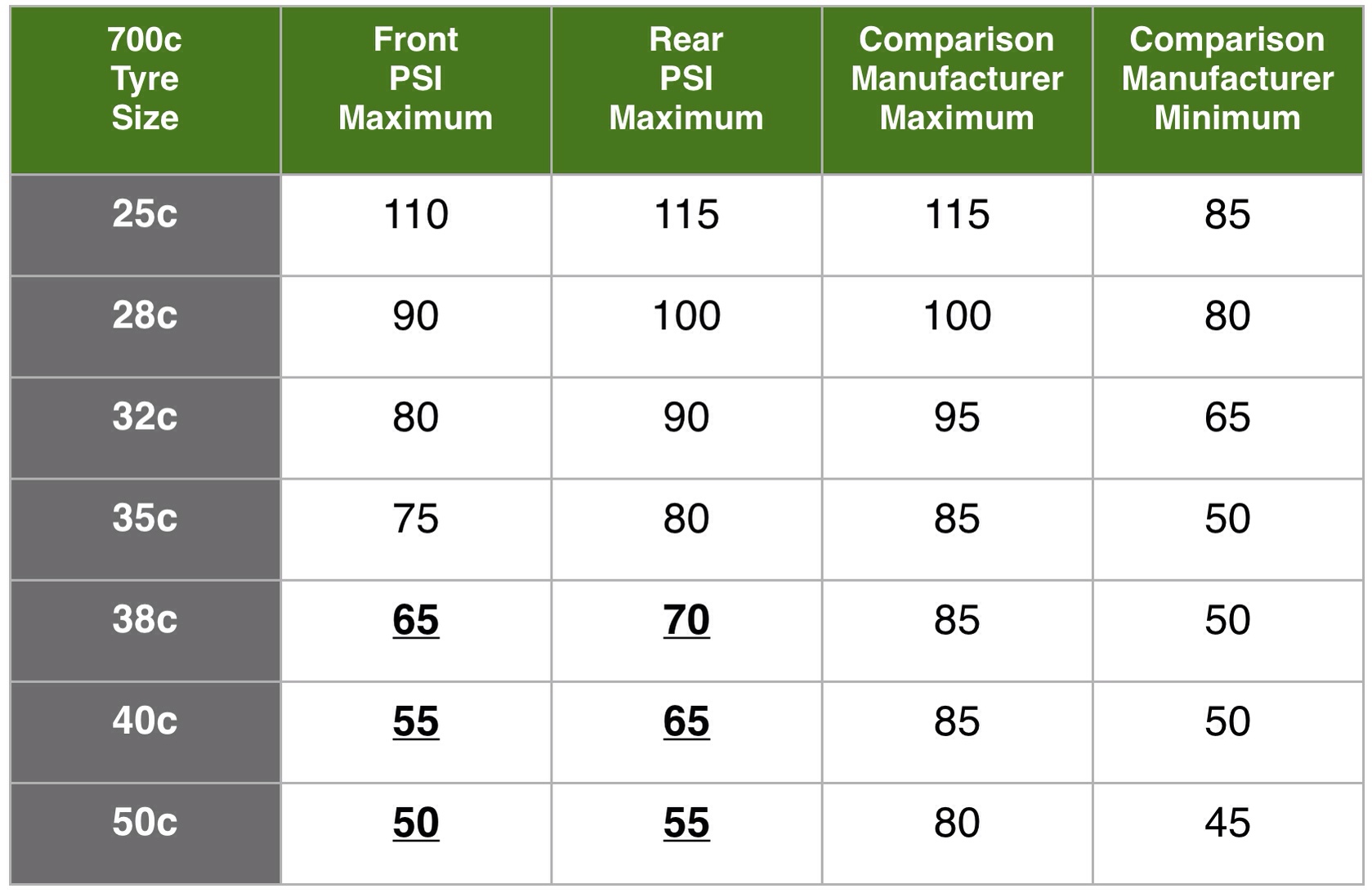
The avoirdupois was the predecessor of the common known pound that is still used in the modern world for the imperial system, which can be a headache if you have to convert PSI to kPa or Bars. It was only in 1959 that the avoirdupois pound was standardised and became a unit used around the world for the imperial system. Its history begins with the wool trade: an avoirdupois pound was a pound of wool.

The PSI originates from the avoirdupois pound, which was part of the avoirdupois system that England was known to have used ever since the fourteenth century. History and Meaning of PSIĪ PSI translates to a pound-force per square inch, and is the most commonly used pressure unit among countries which use the imperial system, like the United States of America, Britain (where the imperial system was first implemented) and other countries like Liberia and Myanmar. This includes Europe and most Asian countries, which are known to use the metric system as well. Milibars solve this issue and even though they are not accepted within the International System of Units, they are still used commonly around most of the world. For convenience, milibars are used in meteorology since Pascals would return much larger values, which are difficult to deal with when talking about weather forecasting. Since Pascals are a quite small unit, milibars are more commonly used for weather forecasting to measure atmospheric pressure. The Bar is a metric measure unit, however, it is not conventionally accepted by the International System of Units (SI), which regulates metric system units. Its name derives from the Greek word baros, which means weight. However, due to the bad reputation meteorology gets as a science, Bars are not commonly used in science. It is a metric unit of pressure, and it’s most commonly used in weather forecasting (since Bjerknes is considered to be the founding father of modern weather forecasting). Bars were firstly invented as a measure means by the Norwegian meteorologist Vilhelm Bjerknes. History and Meaning of Barīars are also related to Pascals, in that a Bar equals to one hundred thousand Pascals.

This results from its invention coming from a well-known scientist, so it is a given in the scientific community that when you are talking about pressure in an article, you’ll measure it in Pascals. The Pascal is still the most commonly used means of measurement for pressure in scientific contexts, even in countries which use the imperial system, so scientists often have to convert PSI to Pascals. A Pascal means one Newton per square meter. Pascals measure pressure by unit area, and since Newtons (which get their name from Sir Isaac Newton) measure applied strength for the metric system, both are often correlated. In mathematics and science, the Pascals and kPa are well more used than Bars, however, in countries which use the imperial system, kPa are converted to PSI.

It is widely accepted as more reputable than the Bar, for reasons which we will discuss in further detail along this article. It is commonly used in most of Europe, except for Britain where the imperial system is way more commonly used. Pascals are quite a small unit mostly used to measure low pressure environments, and that’s why tyre pressure is commonly measured in kPa in countries which follow the metric system (think kilometres and kilograms instead of miles and pounds). Pascals owe their name to Blaise Pascal, a French scientist who was particularly interested in measuring the strength needed in diverse hydraulic systems. The kPa equals to 1000 Pascals and it is a metric unit used to measure pressure.
TYRE PRESSURE PSI TO BAR HOW TO
To find out more about these tyre pressure measure systems, read on and find out how to convert from one to the others whenever needed.Ĭheckout our Tyre Pressure Charts for popular car models. Have you ever wondered why tyre pressure is not measured the same way around the world? There are three different types of measurements used around the world for tyre pressure, from PSI to Bar to kPa.


 0 kommentar(er)
0 kommentar(er)
